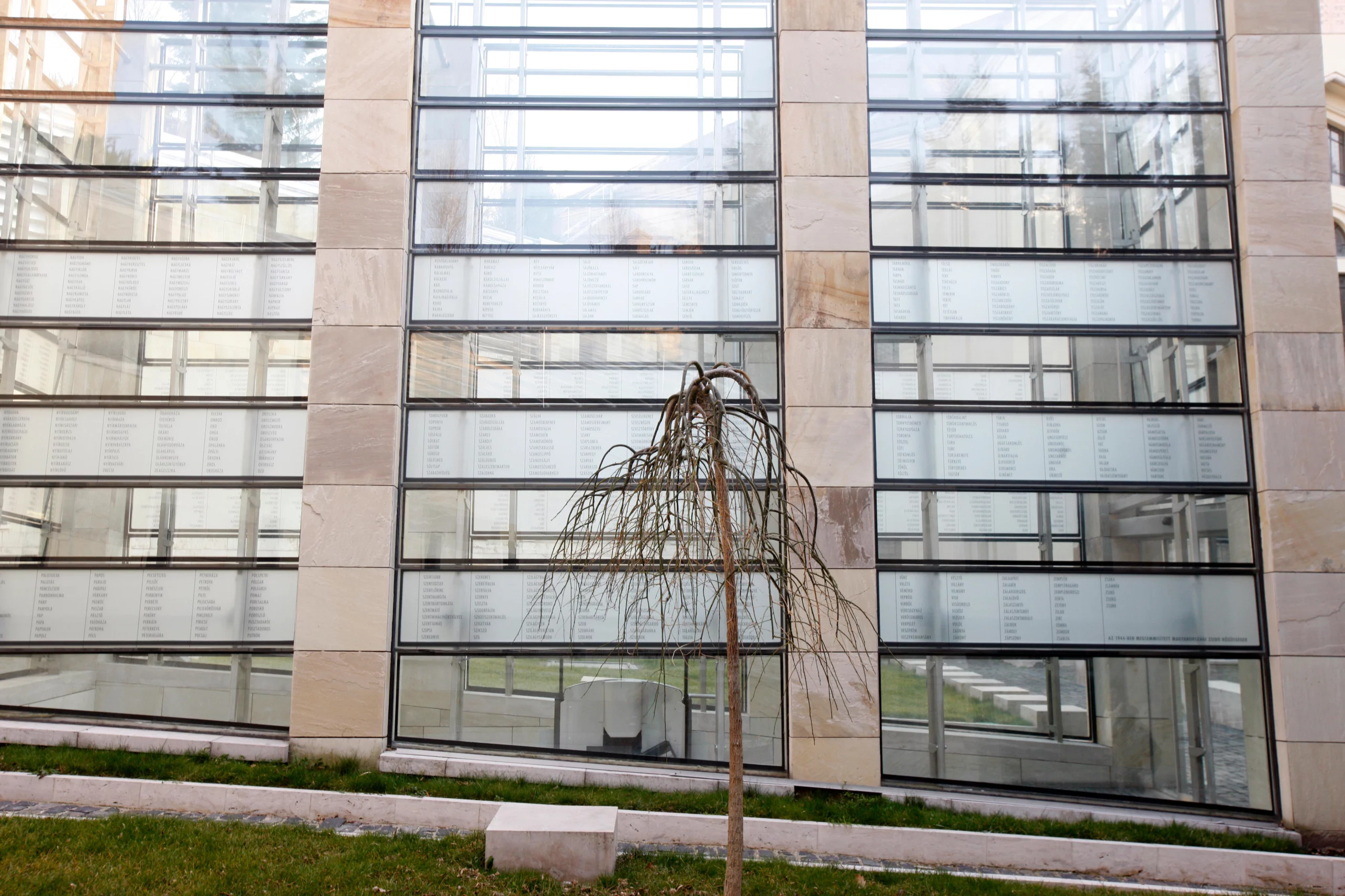
Holocaust Memorial Center
Explore the Holocaust Memorial Center in Budapest and immerse yourself in the tragic history of the Hungarian Jewish community.
O
C
Throughout its long and storied history, Budapest has faced wave after wave of great adversity. These streets have seen it all – from the wrath of medieval invaders, and the oppressive rule of the Hapsburgs to the crushing, iron fist of the Soviets. And out of all those who have suffered, time after time, none have felt the sting of persecution quite as strongly as the Jewish community. In the dark period of the Holocaust, the Jewish population was decimated, and its culture driven to near extinction – 100,000 were killed in Budapest alone. As you explore the city, take a moment to learn more about this harrowing and vitally important period of history with a visit to Budapest’s Holocaust Memorial Center.
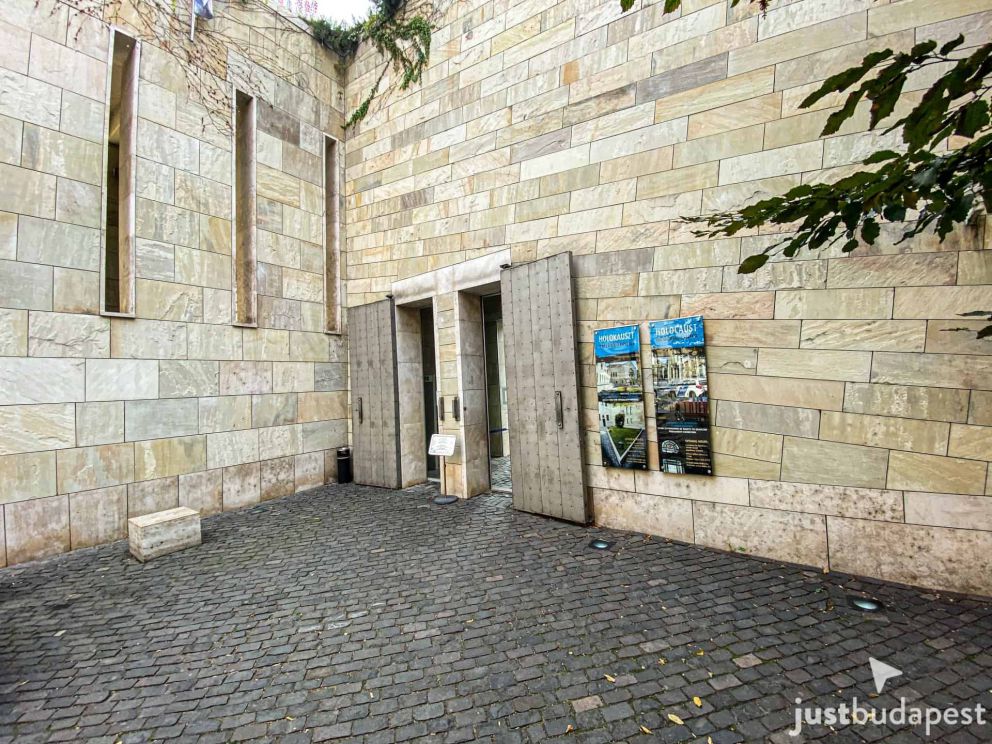
As we stroll through the 7th district, along the outskirts of the 1944 Jewish Ghetto, we spot the jagged, uneven walls of the museum bursting from the cobblestone streets. Expertly designed by Hungary’s famous architect, Frank Owen Gehry, these jarring, asymmetrical walls of cold, pale stone represent the turmoil of the Holocaust. Standing beneath them evokes the strong feelings of bewilderment and dread that the Jewish population must have felt at the start of the war.
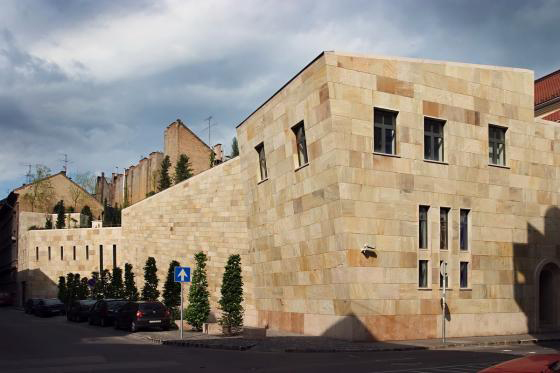
We pass through the towering archway in stunned, solemn silence. Once inside, we come face to face with the victims – thousands of names forever entombed in glass on the Memorial Wall. Above, lush green gardens leap from pillar to pillar, hovering over us like a tempting piece of heaven we’ll never reach. This dichotomy of height, color and material is powerful. The Center’s interior designer, István Mányi wanted to evoke silence from visitors. “These symbols of architecture suggest that everything here is beyond the normality, as the Holocaust itself is unexplainable within human history.”
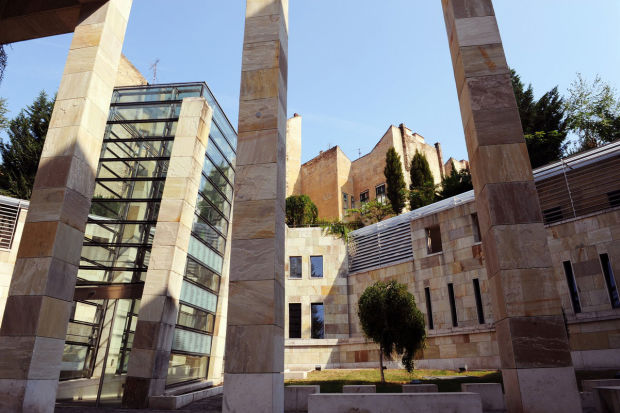
Learn about the victims
The Holocaust Memorial Center opened to the public in 2005, on the 60th anniversary of the liberation of Nazi concentration camps. Since then, it has actively worked to name and remember the 600,000 Holocaust victims in Hungary. Standing at 8 meters high, the Memorial Wall lists the known victims in striking simplicity. Moreover, empty spaces are left in the list for the remaining unnamed victims – unknown but never forgotten. The sight of those empty nametags is heart-breaking and powerfully symbolic.
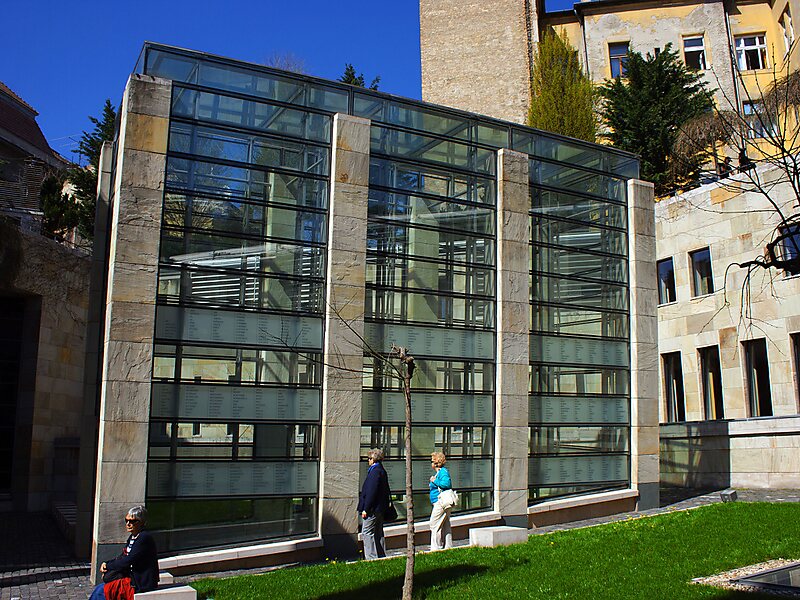
Hear their stories
Crossing the courtyard, we find a leaning glass wall reminiscent of a fallen tree. Beneath it, a staircase into the ground. We follow it into history — into the Exhibition Hall. The permanent exhibition hall follows the tragic timeline of the Jewish and Roma Holocaust. Interactive displays and touch screens tell the real-life stories of the survivors, from the brutality of the Hungarian Arrow Cross in Budapest to the horrors of the concentration camps.
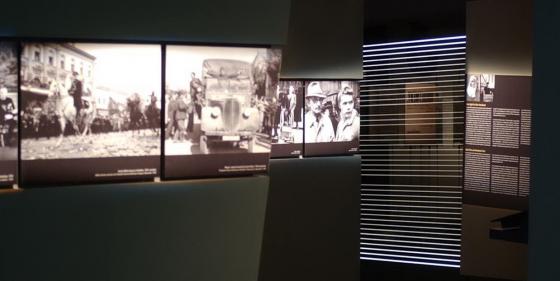
Walk in their shoes
From the exhibition hall, we ascend the stairs and enter the Synagogue. Built in 1924, the Páva Street Synagogue was once the second most popular place of worship aside from the Dohány Street Synagogue. During the Holocaust, it was turned into an internment camp before falling into disarray. Today, it has been renovated according to pictures from the 1930s. Architect Lipót Baumhorn’s iconic, eclectic design has been beautifully restored – the Jewish colors of blue, gold and white dazzle on the walls and ceiling. Stand where a once thriving Jewish community celebrated life before the Holocaust.
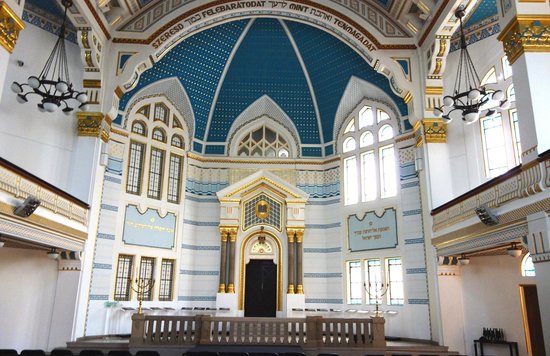
The Jewish community of Budapest has existed since the 12th century, and despite the horror and oppression of the past, they continue to triumph over adversity. Today, they make up the largest Jewish community in Central Europe and the Old Jewish Quarter of the 7th district remains the center of art and culture in all of Budapest. As you spend time exploring the city, take a moment to visit the Holocaust Memorial Center to remember the history that made Budapest what it is today. If you’d like to learn more about the history of the Jews in the Hungarian capital, go on an enlightening walking tour in the Jewish District.
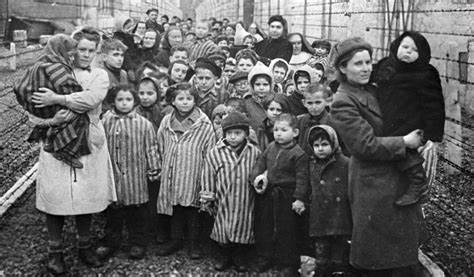
Q&A
- Are there any Holocaust memorials in Budapest?
- The Holocaust Memorial Center opened to the public in 2005, on the 60th anniversary of the liberation of Nazi concentration camps.
- How many Hungarian Jews were killed in the Holocaust?
- The Holocaust had approximately 600,000 Hungarian victims, 100,000 of which were killed in Budapest.
Summary of
Holocaust Memorial Center
wednesday 10:00:00 – 16:00:00
thursday 10:00:00 – 16:00:00
friday 10:00:00 – 16:00:00
saturday 10:00:00 – 16:00:00
sunday 10:00:00 – 16:00:00
mo closed.
The Great Synagogue Budapest is definitely an unmissable attraction! Don’t miss it if you visit the Hungarian capital.








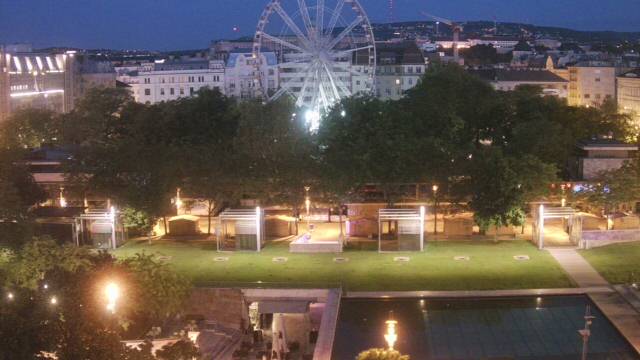
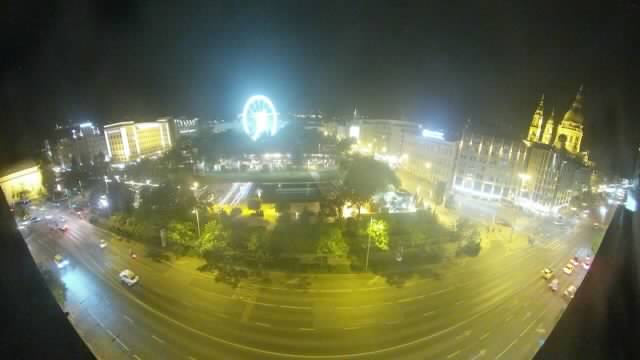
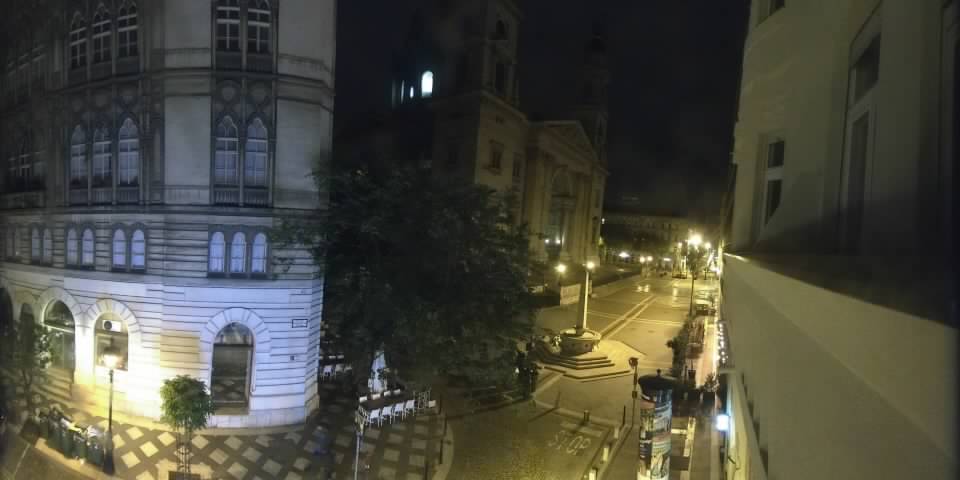

Your experience is important.
Anything you have not found?
Ask a Question
Please log in to write a review.
There is no review yet.